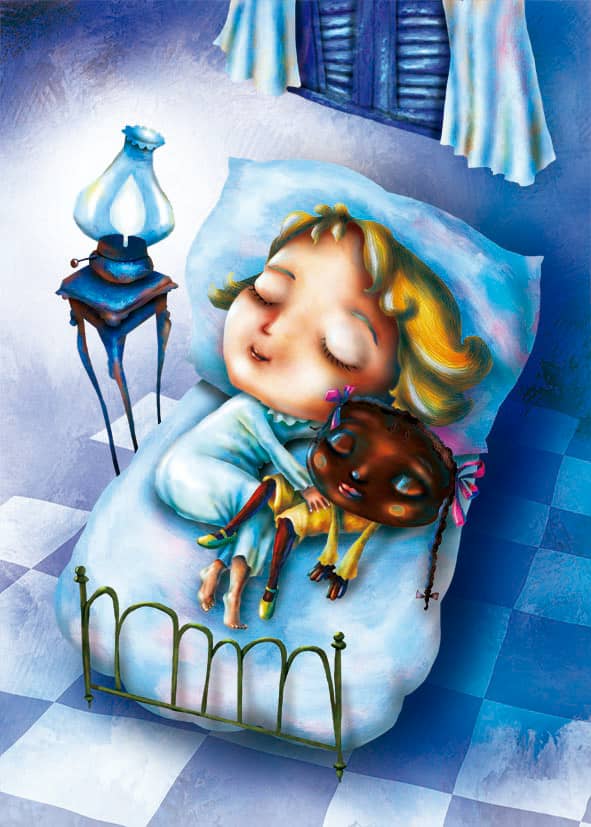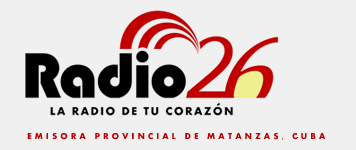A company of the heart.

The Golden Age, described by its author, José Martí, as an enterprise of the heart, and not merely a business, has been for decades the bedside book of many children.

La Edad de Oro, described by its author, José Martí, as an enterprise of the heart and not a mere business, has been for decades the bedside book of many children.
Since the initial magazine, born on July 1, 1889, Martí found the loquacious and captivating formula to communicate with children. This is how he highlights it in the advertisement of that publication:
«Every first day of the month an issue of La Edad de Oro will be published in New York, with complete and own articles, and composed in such a way as to respond to the special needs of the Spanish-speaking countries in America, and contribute everything in each issue directly and pleasantly to the orderly and useful instruction of our boys and girls, without vain translations of works written for children of diverse character and countries.»
With barely 36 years old and the commitment to organize the war necessary to liberate Cuba, Martí found time and imagination to work through essays, stories, poems, chronicles, versions or adaptations of classic tales in the formation of human beings and fairer societies.
In addition to the illustrations, Martí was also directly involved in the distribution of the magazine throughout the American continent. To that end, he made use of friends such as Amador Esteva Mestre, a Santiago native he met in New York and who by 1889 was living in the city of Guantánamo; Manuel Mercado, to whom he sent 500 copies of the first issue for distribution in Mexico, and the Cuban Rodolfo Menéndez, a resident of Mérida, Yucatán.
However, La Edad de Oro was only published until August, due to contradictions between Martí and the magazine’s editor, Aaron Da Costa Gomes, owner of a typography in New York.
Da Costa Gomes believed in the fear of God and wanted to talk about it in all the articles, and since for Martí that meant lying to his readers, much to his regret, he put an end to the publication.
The Golden Age had a well-defined objective:
«…so that American children would know how life was lived before, and is lived today, in America, and in other lands; and how so many things are made of glass and iron, and steam engines, and suspension bridges, and electric light; …, so that the child would know the famous books where the battles and religions of ancient peoples are told.»
Based on these values, in 1905, ten years after Martí fell in Dos Ríos, Gonzalo de Quesada, Martí’s student, collected the four issues of the magazine and with them he made the book we know today.
It is a classic of children’s literature that has gone far beyond those limits to captivate adolescents, young people and even adults who identify with the characters of each work included in La Edad de Oro (The Golden Age).
Los tres héroes, Meñique, Los dos príncipes, Nené traviesa, El camarón encantado, La muñeca negra or Los dos ruiseñores, together with the poem Los zapaticos de rosa, Bebé y el señor don Pomposo, Las ruinas indias, La historia del hombre contada por sus casas, Un juego nuevo y otros viejos, as well as La exposición de París, are examples of titles that speak of freedom and respect, honesty and decency, science and universal culture.
Also of rejection of colonialism, racism, human selfishness and social inequality. A pedagogical endeavor that makes Martí’s vision a reality.
«We work for the children, because children are the ones who know how to love, because children are the hope of the world…»
Written by Ana González Goicochea.




